On the 11th of March in 2011 the magnitude 9.0 Tohuku earthquake and 15 metre tsunami triggered the most severe nuclear accident since Chernobyl. The Fukushima Daiichi Nuclear Power Plant in Ōkuma survived the initial earthquake but damage inflicted by the tsunami caused the facility's cooling systems to fail, releasing tonnes of radioactive material.
The death toll exceeded 18,000 and more than 160,000 people were forced from their homes.
NPR journalist Kat Lonsdorf spent two months in the region on a fellowship last year before Covid-19 hit, focusing on the people, the place and the recovery. Her series Recovering Fukushima was sponsored by the John Alexander Project, which supports foreign reporting in undercovered parts of the world.
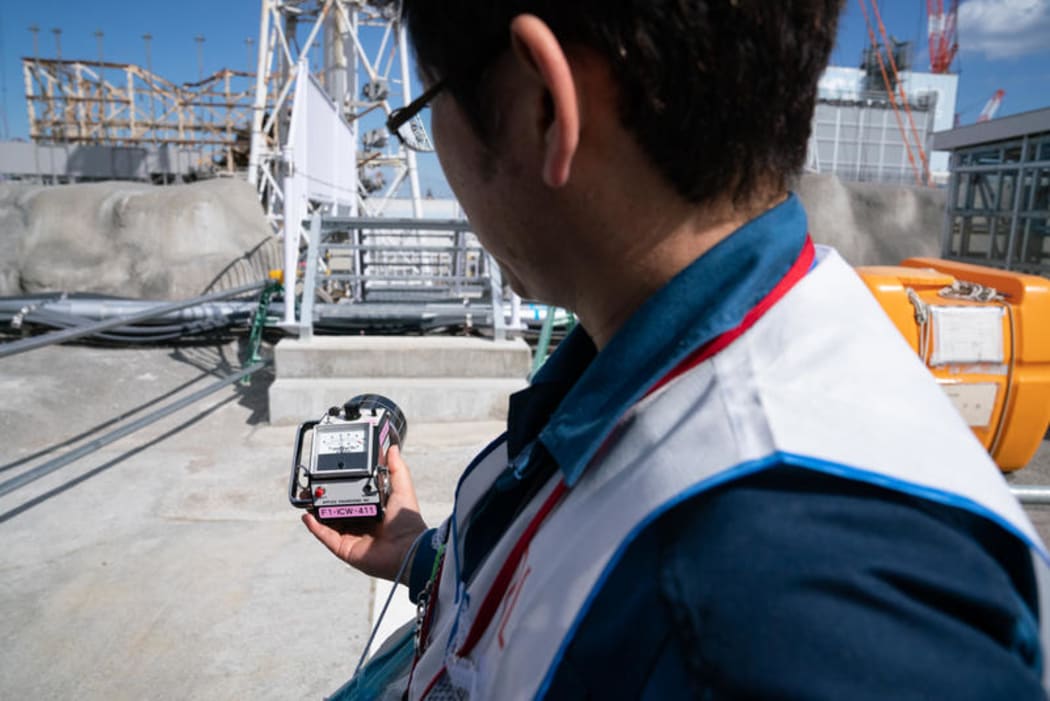
Photo: Clare Harbage/NPR
Lonsdorf joined Nine to Noon to discuss the project and tells Kathryn Ryan that the first thing that struck her about the prefecture was that it’s beautiful and haunting.
“When you drive through the area that is now this deserted land after the nuclear disaster, tsunami and earthquake, you can still picture what it once was. You can picture all these little villages and towns… you’re just struck by what a disaster this was.”
Only a fraction of the 160,000 people who were forced to evacuate have returned to the area and Lonsdorf says many of them have strong family connections to the prefecture and are mostly over 60-years-old.
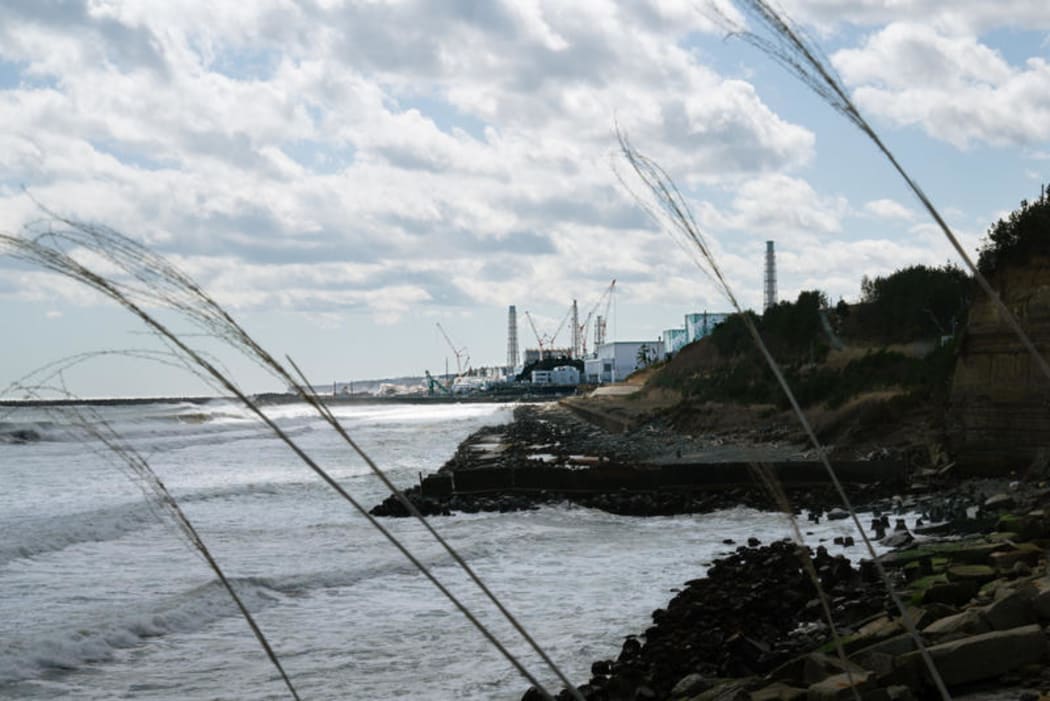
Photo: Clare Harbage/NPR
“This is a place they really feel connected to and they wanted to come back even it just meant to come back to die, a lot of them told me honestly. The people that have returned have done so to return to their homeland but life there is not at all what it was before the disaster.”
She says there are few hospitals, grocery stores are hard to find, and there aren’t many schools which means young families aren’t moving to the area.
“You find a hard existence there. Even if people have returned home, they usually aren’t coming back to the homes that they lived in before because those homes are probably still behind gates… people are moving back to this kind of artificial life.”

Photo: Clare Harbage/NPR
While some areas farther away from the exclusion zone opened up after two or three years, areas closer were closed for eight to nine years meaning the villages were difficult to clean up and homes had been destroyed by animals and vermin. One person Lonsdorf spoke to said wild boar and dogs had taken over certain villages and neighbourhoods.
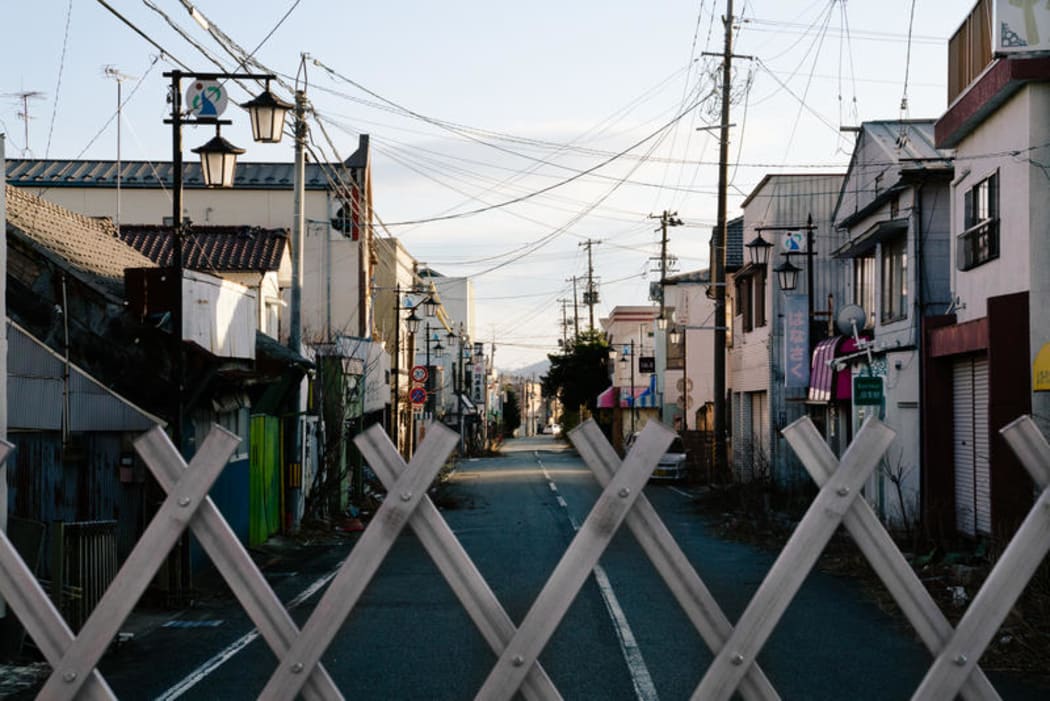
Photo: Clare Harbage/NPR
Fukushima, being coastal, was a fishing area and while industry has returned, Lonsdorf says there’s a fear in other parts of the country that the seafood will be contaminated.
“No one wants to eat fish from the seas outside of Fukushima and no one really wants to eat produce from Fukushima, everyone’s so scared of radiation.”
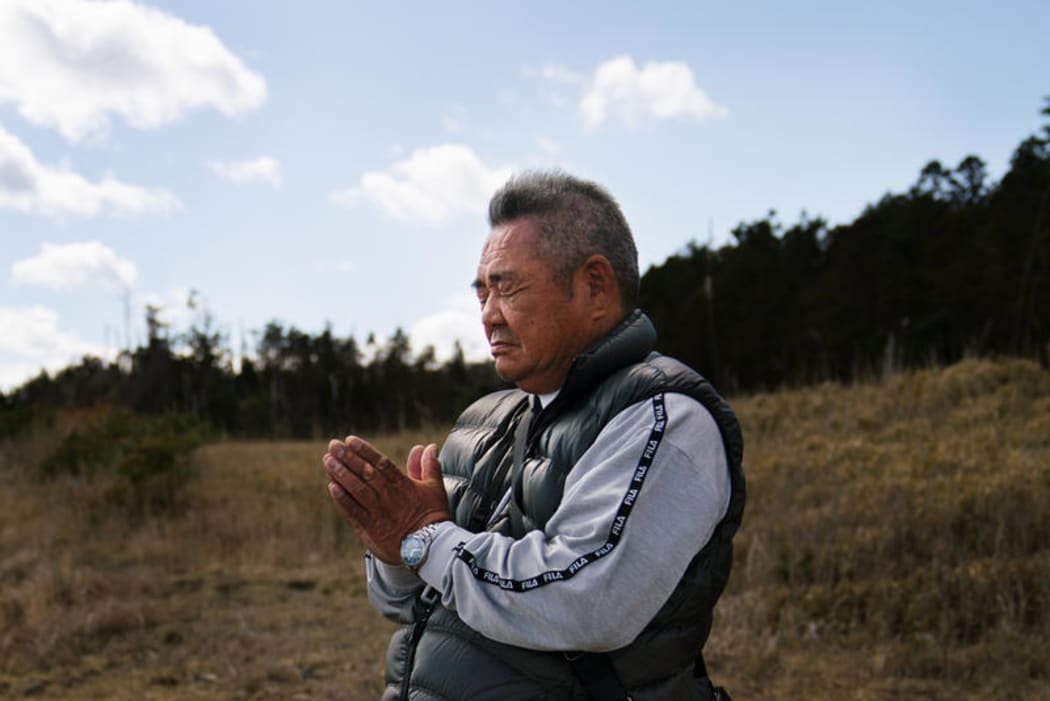
Photo: Clare Harbage/NPR
She says that government testing has shown the produce and seafood is safe to eat, but it’s hard to get past people’s fears.
“People are still very afraid of radiation, it’s not just a Japanese thing. People are really scared, it’s a scary word and I don’t think people want to take the risk. You see a lot of these industries just collapsing there.”
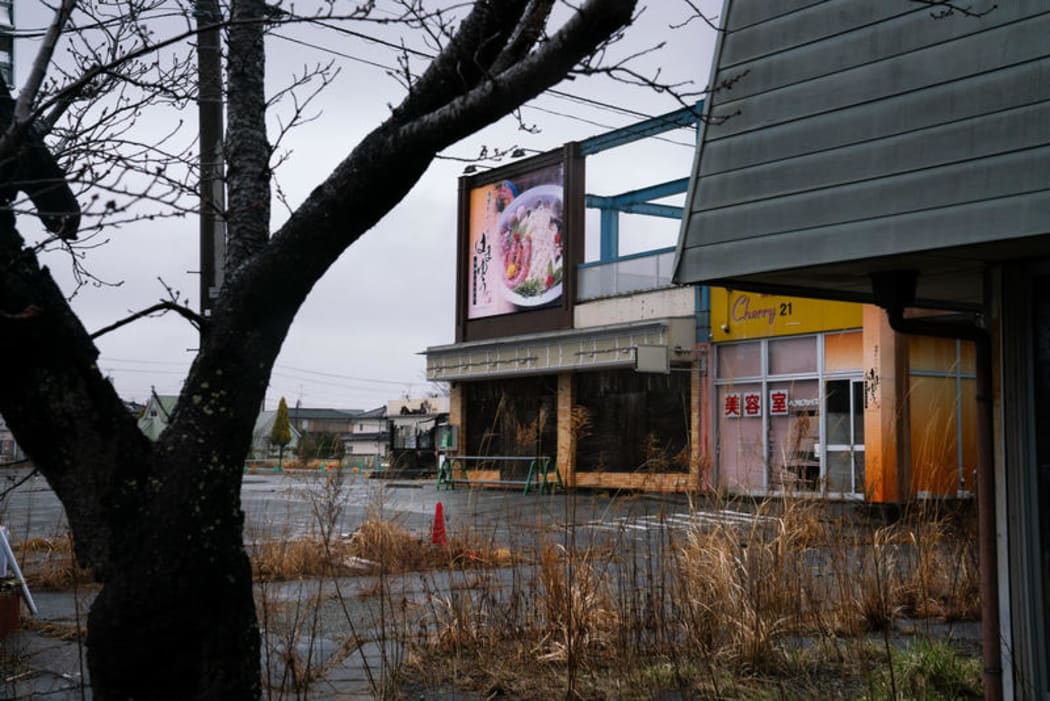
Photo: Clare Harbage/NPR

